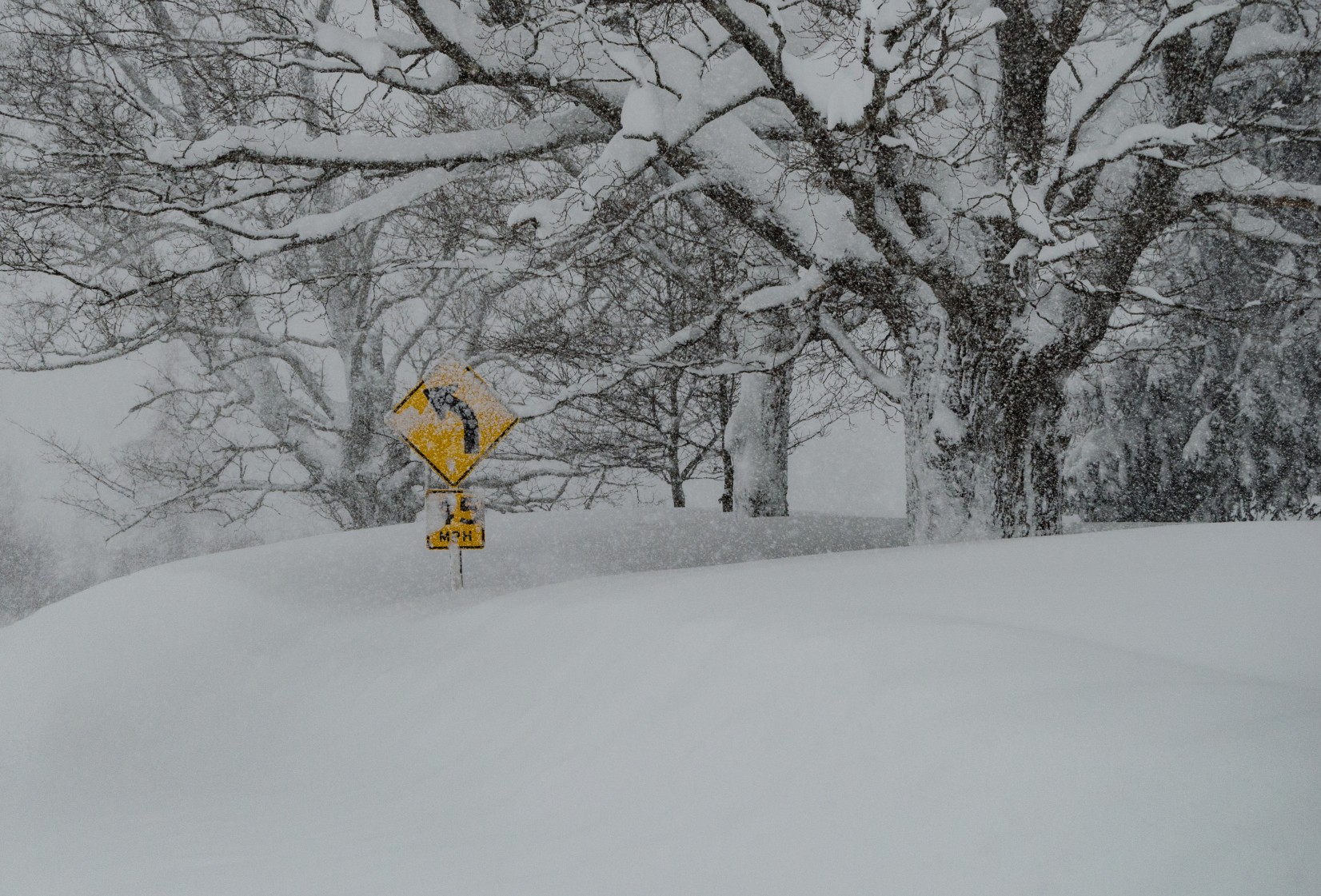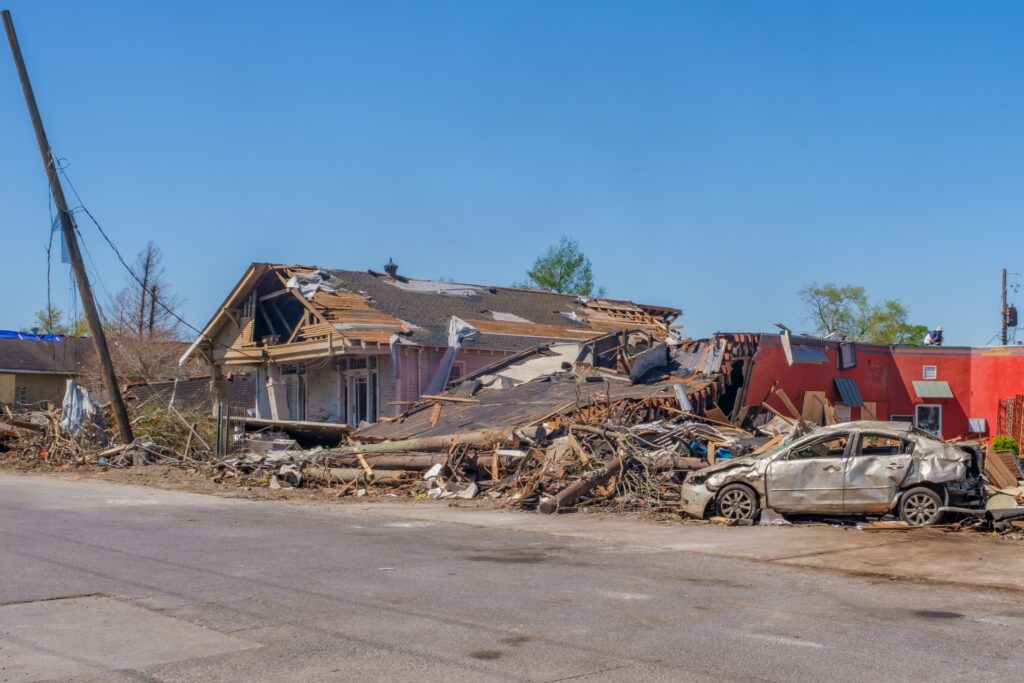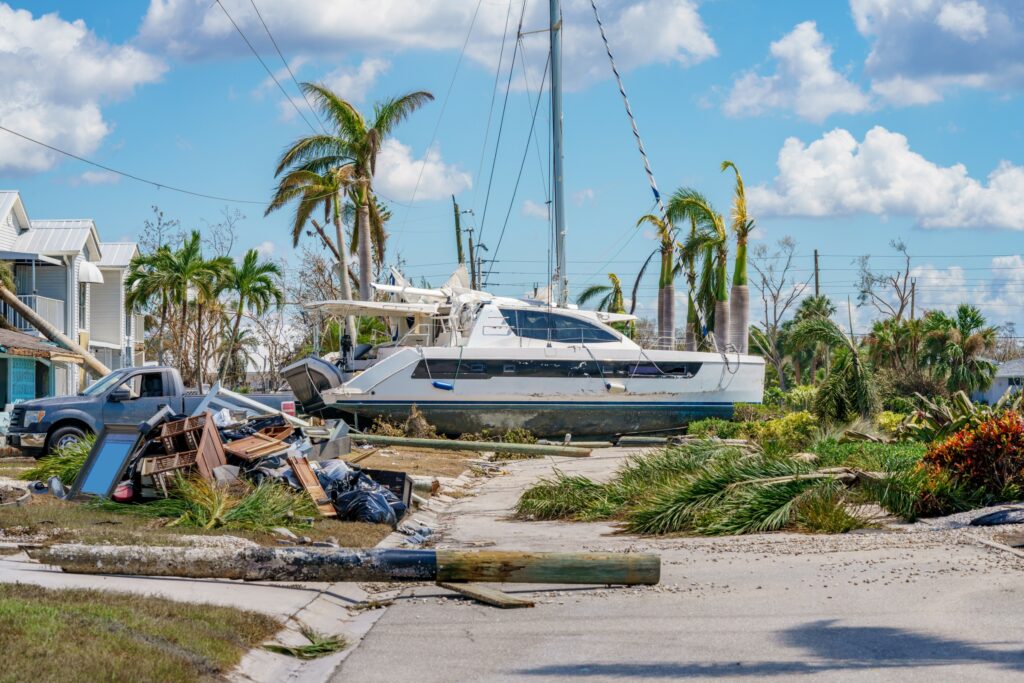
Heavy Rain, Flooding, and Chance of Severe Weather Staring Down the Southern U.S.
January 22, 2024
Posted: December 31, 2022 2:18 am





2022 was certainly a memorable year for severe weather. Ranging from severe storm outbreaks to hurricanes to blizzards, here is a look back at some of the top weather events of the year.
The Northeast is no stranger to nor’easters or bomb cyclones, however, the storm that hit at the end of January caught even some of the most seasoned locals off guard. The massive storm system got its start as a nor’easter hitting a stretch from the mid-Atlantic into Maine. The system quickly intensified into a bomb cyclone as it moved into New England in the waning days of January. Many areas saw blizzard conditions that triggered whiteout conditions.
Boston was hit particularly hard with snowfall rates of 2 – 4 inches per hour. Some parts of the metro area saw snowfall rates climbing over 4 inches per hour. The areas southwest of the city recorded the greatest snowfall amounts at over 30 inches total. Boston proper recorded 23.8 inches of snow, good enough for a ranking of seven on the list of greatest snowfall events in the city’s history.
Coastal areas of Massachusetts were battered by hurricane-force wind gusts of over 100 mph. This resulted in sea spray that created a casing of ice over some homes and businesses.
The nor’easter also hit a large stretch of coastline south of New England. For instance, Islip, New York saw 22.9 inches of snow by the time the storm wrapped up. The National Weather Service (NWS) office in New York City recorded 24.7 inches of the white stuff.

As the season flipped to spring, severe weather and tornadoes were grabbing all of the weather headlines. According to the Storm Prediction Center (SPC), almost 1,330 tornadoes were recorded this year across the U.S. As is typical, March was a particularly rough month. The SPC confirmed 14 deaths as a result of severe weather in March alone.
The following three months brought over 500 tornadoes across the country. While the severe weather was tamed in the summer and early fall months, November ushered in a slew of storms that spun up numerous twisters. For instance, at least two people lost their lives during a November outbreak across the southern Plains.
An outbreak in the middle of December in Louisiana killed at least one person with several more reported injuries. It is becoming more common for tornadoes to fire up in the month of December with climatologists pointing to global warming as the culprit.
Historic flooding in many parts of the country was another major storyline in 2022. Monster deluges were common during the summer months with five separate areas of the nation being subject to record-breaking flooding events. The most prolific of these events happened in Yellowstone National Park when the popular summer tourist destination was forced to close in the middle of June due to the unprecedented flooding.
The heavy rainfall also triggered rockslides and closed multiple roads in and out of the park. Over 10,000 visitors had to be evacuated from the park because of the immense flooding.
The Dallas metroplex also experienced a massive flooding event when up to 16 inches of rain fell over just 24 hours. The rain came after the city went 67 days straight in the summer with no moisture.
Other areas that saw deadly flooding events included St. Louis, the southeastern corner of Illinois, eastern Kentucky, and Death Valley. Together, the damage totaled into the billions of dollars.

Although 2022 went through an extremely quiet period during the months of July and August, September brought the wrath of Hurricane Ian to Southwest Florida, a storm that fell just shy of a Category 5 designation. Hurricane Ian got its start on September 23 in the central Caribbean Sea. The storm slammed into the southwest coast of Florida as a high Category 4 hurricane on September 28, packing winds of 150 mph.
In addition to the heavy rain and destructive winds, Ian also delivered a storm surge of 18 feet to the barrier islands in the region. Fort Myers Beach and Sanibel Island were ground zero for the destruction with the communities destroyed by the surge. The rest of the Sunshine State was at the mercy of flooding because of the torrential rain.
Hurricane Ian was blamed for the deaths of at least 139 people just in Florida, distinguishing it as the deadliest hurricane in the state since 1935.

The middle of November ushered in an epic lake effect snowstorm to western New York. The Buffalo area was caught in the crosshairs of the worst of the storm with accumulations of over 80 inches in some of the southern suburbs. The snow was so deep that the NFL’s Buffalo Bills had to relocate their game to Detroit.
Buffalo Niagara International Airport broke two daily records of snowfall when 16.1 inches fell on November 18 and another 21.5 inches dropped on November 19.
While the final totals are still being measured, it looks as if the latest late December lake effect storm to hit Buffalo may break some additional records. The bottom line is that Buffalo residents have taken it on the chin over the last two months when it comes to monster snowstorms.
Did you find this content useful? Feel free to bookmark or to post to your timeline for reference later.

January 21, 2024

January 19, 2024

January 18, 2024